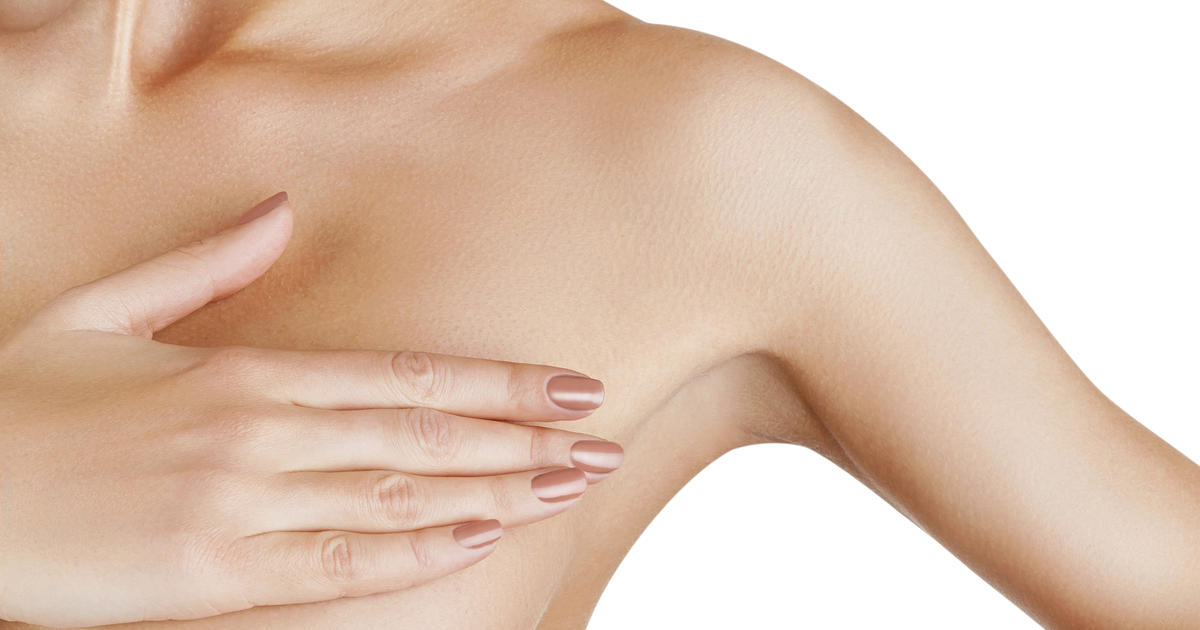
- #Puckered nipple breast cancer cracked#
- #Puckered nipple breast cancer skin#
- #Puckered nipple breast cancer professional#
- #Puckered nipple breast cancer crack#
Breast engorgement is also a main factor in altering the ability of the infant to latch-on.

Yet other causes could be poor positioning, use of a feeding bottle, breast engorgement, inexperience, semi-protruding nipples, use of breast pumps and light pigmentation of the nipples.

#Puckered nipple breast cancer cracked#
Some studies indicate that cracked nipples are caused by poor latch. Women with hepatitis C are advised to abstain from breastfeeding if their nipples are cracked or bleeding. An uncommon infection in the mother, Chagas disease, can be transmitted to the nursing infant via cracked nipples. Transmission risk of HIV increases if the mother has cracked and bleeding nipples. However, the likelihood of human milk transmission is very small. Immune suppressed women could have circulating Toxoplasma for even longer periods of time. In the event that a nursing woman experiences cracked and bleeding nipples or breast inflammation within one to two weeks immediately following an acute Toxoplasmosis infection (when the organism is still circulating in her bloodstream), it is theoretically possible that she could transmit Toxoplasma gondii to the infant through her breast milk. It has been found safe for breastfeeding mothers with hepatitis B and cracked nipples to breastfeed. Contraindications for breastfeeding īecause cracked nipples can result in the infant being exposed to blood, women with certain blood-borne diseases may be advised to stop breastfeeding if they have a cracked nipple. Candida infection (thrush) of the nipple can also occur, resulting in deep-pink, cracked, and sore nipples. Complications īacteria can enter the breast through cracked nipples, which increase the risk of mastitis. If the nipples appears to be wedge-shaped, white and flattened, this may indicate that the latch is not good and there is a potential of developing cracked nipples. Cracked nipples typically appear three to seven days after the birth. Cracked nipples are trauma to the nipple and can be quite painful. The nipple in a nursing mother is in regular contact with a nursing infant.
#Puckered nipple breast cancer skin#
Cracked nipples are most often associated with breastfeeding and appear as cracks or small lacerations or breaks in the skin of the nipple. The nipple is not only the structure to deliver milk to the infant, it also contains small, sebaceous glands or Montgomery glands to lubricate the skin of the areola. Signs and symptoms Ĭracked nipples are classified as a breast disorder. Cracked nipple can develop after the birth of the infant and is managed with pharmacological and nonpharmacological treatment.
#Puckered nipple breast cancer crack#
The crack can appear as a cut across the tip of the nipple and may extend to its base.

This severe pain is a disincentive for continued breastfeeding. The mother with a cracked nipple can have severe nipple pain when the baby is nursing. Developing a cracked nipple can result in soreness, dryness or irritation to, or bleeding of, one or both nipples during breastfeeding. For other uses, see Fissure of the nipple.Ĭracked nipple ( nipple trauma or nipple fissure) is a condition that can occur in breastfeeding women as a result of a number of possible causes. If you think you may have a medical emergency, call your physician or 911 immediately.This article is about the postpartum development of cracked nipples in women related to breastfeeding. By using this Site you agree to the following Terms and Conditions. We offer this Site AS IS and without any warranties. Never disregard the medical advice of your physician or health professional, or delay in seeking such advice, because of something you read on this Site.
#Puckered nipple breast cancer professional#
We disclaim all responsibility for the professional qualifications and licensing of, and services provided by, any physician or other health providers posting on or otherwise referred to on this Site and/or any Third Party Site. MedHelp is not a medical or healthcare provider and your use of this Site does not create a doctor / patient relationship. It is not intended to be and should not be interpreted as medical advice or a diagnosis of any health or fitness problem, condition or disease or a recommendation for a specific test, doctor, care provider, procedure, treatment plan, product, or course of action.

The Content on this Site is presented in a summary fashion, and is intended to be used for educational and entertainment purposes only.


 0 kommentar(er)
0 kommentar(er)
